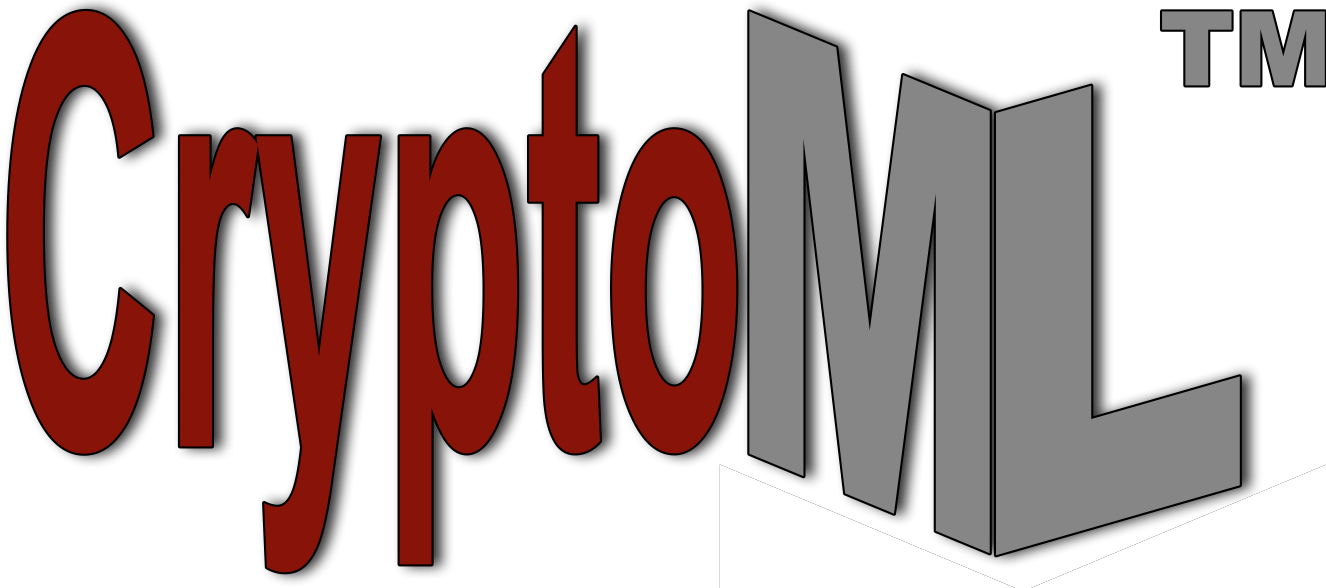CyberSecurity FAQ - How to specify a cybersecurity architecture?
In order to specify a cybersecurity architecture precisely and completely, you should use a bona fide architecture modeling language (SysML, UML2, CyberML) to define the following kinds of architecture elements:
Network Elements
- network nodes (computers, NICs, repeaters, hubs, bridges, switches, routers, modems, gateways, etc.)
- network communication protocols (TCP/IP, DHCP, DNS, FTP, HTTP, HTTPS, IMAP, etc.)
- network connections between nodes using specific protocols
- network topologies among nodes (point-to-point, bus, star, ring or circular, mesh, tree, daisy chain, hybrid)
Security Elements
- cybersecurity devices (firewalls, Intrusion Detection/Protection Systems [IDS/IPS], encryption/decryption devices, etc.)
- cybersecurity software (Anti-Virus (AV) software, spamware software, anti-malware software, etc.)
- secure network communication protocols (TCP/IP, DHCP, DNS, FTP, HTTP, HTTPS, IMAP, etc.)
- strong encryption techniques (end-to-end encryption, zero-knowledge privacy, blockchain, etc.)
Security Frameworks & Standards
- cybersecurity framework standards (NIST Risk Management Framework (RMF) SP 800-37, DoD Instruction 8510.01, ISO IEC 27000-Series)
- technology standards for cybersecurity software choices
Security Policies & Procedures
- security policies and procedures that are customized and enforced for your organization and/or project.
If you have constructive recommendations to correct, clarify, or otherwise improve this or any other Cybersecurity FAQ, please contact us.
CYBERSECURITY & DESIGN HANDS-ON WORKSHOP TRAINING OPTIONS
If you seek professional cybersecurity architecture hands-on training that emphasizes robust architecture modeling languages (UML2, SysML, CyberML), strong cyptographic techniques, popular architecture modeling tools (Sparx EA, MagicDraw/Cameo, Rhapsody), and numerous practice exercises, check out PivotPoint's Essential Cybersecurity Architecture & Design Applied hands-on training workshops.
CYBERSECURITY FORUM and CyberSecurityForum.com are trademarks of PivotPoint Technology Corporation. All other product and service names mentioned are the trademarks of their respective companies.

